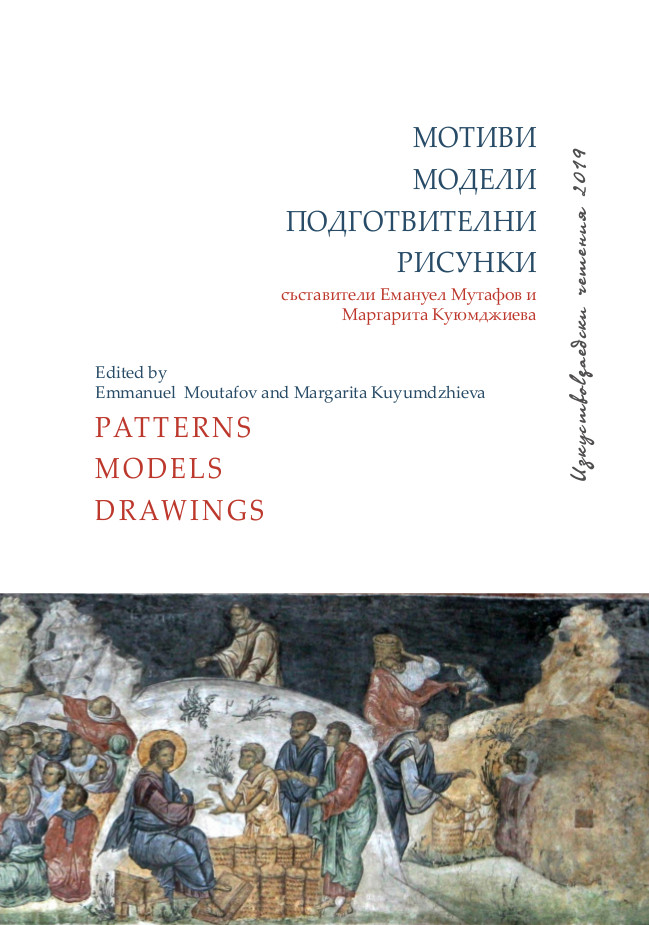Trois cahiers de modèles des peintres roumains du XVIIIe siècle
Three sketchbooks of eighteenth-century Romanian icon painters
Author(s): Constantin I. CiobanuSubject(s): History, Fine Arts / Performing Arts, Visual Arts, 18th Century, History of Art
Published by: Институт за изследване на изкуствата, Българска академия на науките
Summary/Abstract: This article deals with the content of three extant Romanian eighteenth-century sketchbooks, the so-called model sketchbooks of painters Stan, Grigorie and Radu. The earliest of these belonged to icon painter Stan from Răşinari and is now kept at Timişoara Art Museum. Being a rarity it has exceptional documentary value. Presently, Stan’s sketchbook contains ink and pencil sketches and drawings (black ink, black or brown pencil) on both sides of the sheets. The chromatic monotony of the sheets was broken by using the rare technique of diluting colours or adding green and ochre. The sketchbook was identified owing to Stan’s autograph (f. 2v) of 1734 (7,242 years since the Creation). Grigorie Popovici’s sketchbook contains works made between 1768 and 1776. In the 1930s, it belonged to deacon Constantin Săndulescu-Verna, who described it briefly in the Romanian Orthodox Church journal (1937, 7-10). Unfortunately, this sketchbook has been lost and is unavailable to art historians for research. The third of these sketchbooks, named Collection of Models of Radu Zographos, now belongs to the rare books collection (mss. 4602, 5307) of the library of the Romanian Academy of Sciences, and has been studied by a number of art historians for more than half a century now. The collection contains many copies of illustrations in printed books of the age, of icons and murals, both Byzantine and post-Byzantine, in the territory of Wallachia. Radu Zographos, a Romanian eighteenth-century icon painter, born to local painters, was the author of the best part of them. Radu took part in the third quarter of the eighteenth century in the so-called restoration of the famous fourteenth-century murals at the Princely Church of St Nicholas in Curtea de Argeş. Many of the murals were either damaged or overpainted over the course of time. Consequently, the collection of Radu’s sketches has proved to be an invaluable source of tracing the condition of the murals between the Byzantine period and the present.
Journal: Изкуствоведски четения
- Issue Year: 2019
- Issue No: 1
- Page Range: 91-117
- Page Count: 27
- Language: Bulgarian, French
- Content File-PDF

